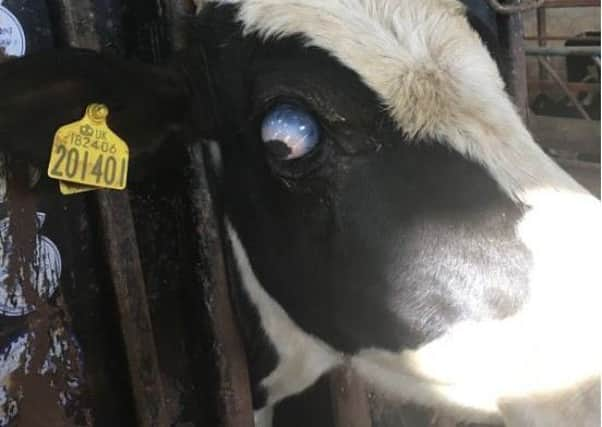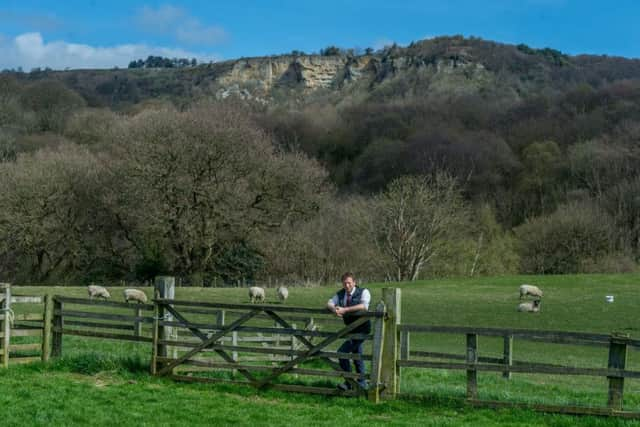Julian Norton: Bulging eye dilemma of an unfortunate bullock


“I’ve looked it up on YouTube,” he told me, “And I wonder whether it might need to be removed?”
How times have changed!
Farmers know their stock very well and it is not uncommon for them to have reached a diagnosis and come up with a plan for treatment some time before the veterinary surgeon arrives. Our small animal clients frequently turn to Dr Google for answers (sometimes rushing in with their pet, convinced it is suffering from a condition that has only been documented twice - in wild dogs in Peru) but this was the first time a farmer had presented me with a solution found on YouTube.


“I”ll come up and have a look if you’d like?” I offered.
Advertisement
Hide AdAdvertisement
Hide AdIt was a sunny day and a visit up to the Hambleton hills was a much better prospect than the large pile of mundane practice admin that really needed my attention. I thought it was unlikely that the eye would need to be removed. It is not a common procedure in cattle (unless you are a vet in New Zealand, apparently, where they have a special implement, a bit like a grapefruit spoon, which is designed especially for the job). I’d only done the operation once before, in an effort to remove a tumour that was invading around the eyelids of a Hereford cow. It was many years ago and, as I recall, it did not go particularly well. There was blood everywhere and the tumour was much deeper seated than I had expected. I wasn’t in a rush to repeat the experience.
When I arrived at the farm, the black and white Friesian was standing patiently in the cattle crush, quite unperturbed by the huge protrusion that was its right eye. I couldn’t quite believe what I was looking at. The eyeball was of joke-shop proportions and was bulging alarmingly. The technical term for an eyeball swollen beyond its normal size is “Buphthalmos”, derived from the Greek word “Ox eye” and could not have been more apposite.
I prodded and probed the eye to work out the best course of action. There was clearly no vision at all and the edges of the cornea - the surface layer - were distended to the point where rupture was an imminent possibility.


It was tempting to agree with Richard and his search engine that the eye needed to be removed. But the removal of any part of the body is not something to take lightly. It is always a last resort. I pulled various faces, just like the builder who is making an estimate for a complicated bit of work - not because I thought this would be an expensive procedure, but simply because I was trying to think through all the options.
Advertisement
Hide AdAdvertisement
Hide AdAfter lengthy deliberations, I suggested to Richard that we try a more conservative approach in the first instance. I would give two steroid injections into the eye with the hope and intention that the swelling would recede. For all its gruesome appearance, it was hard to say that the bullock was actually in a lot of pain or discomfort, and this way it might be possible to avoid some fairly major surgery. We both felt the simple approach was the correct one. I administered the medication and arranged to call back next week. Watch this space...
The Yorkshire Vet continues on Channel 5 this Tuesday at 8pm.